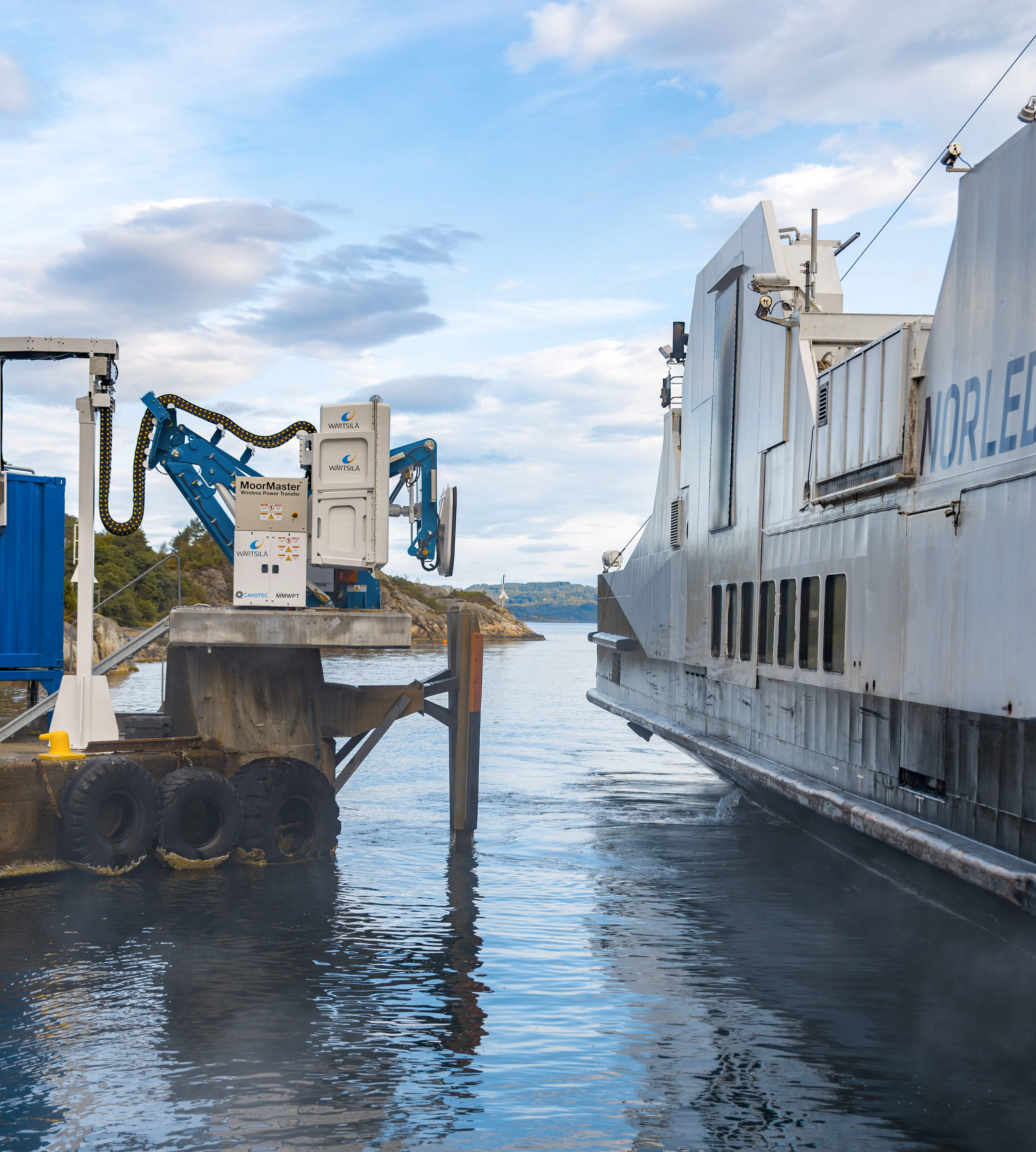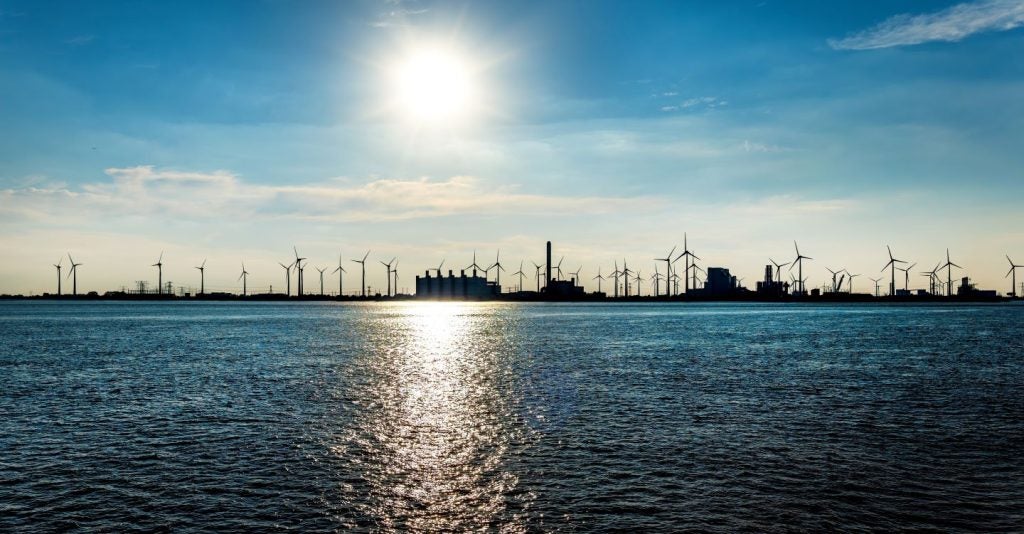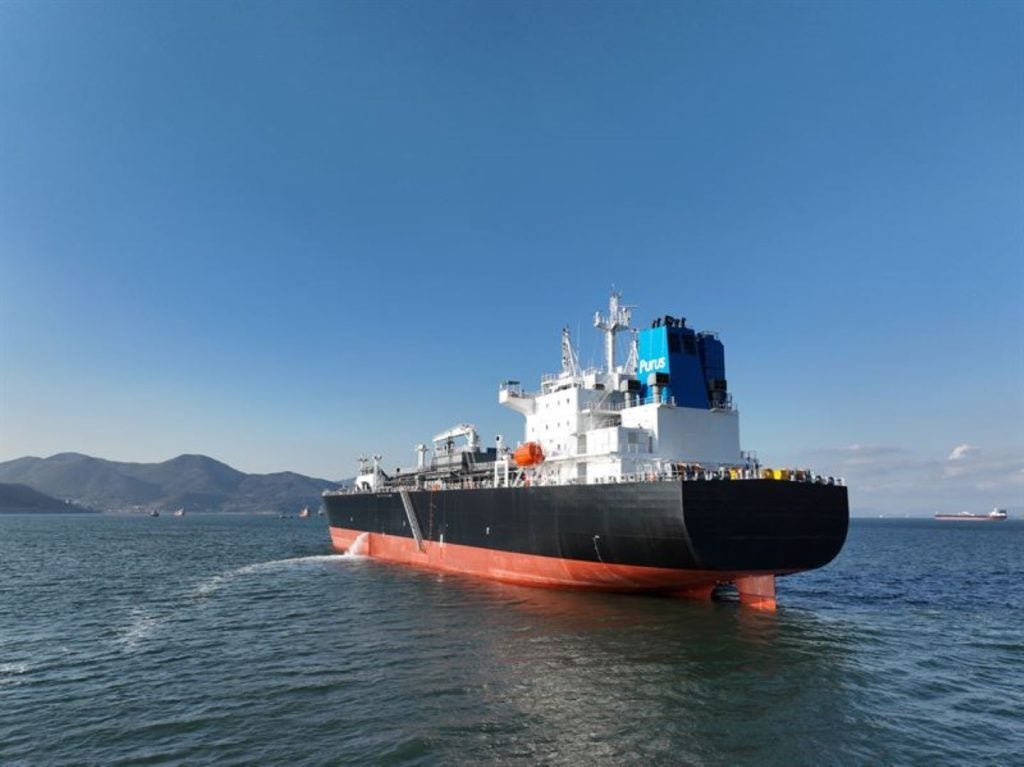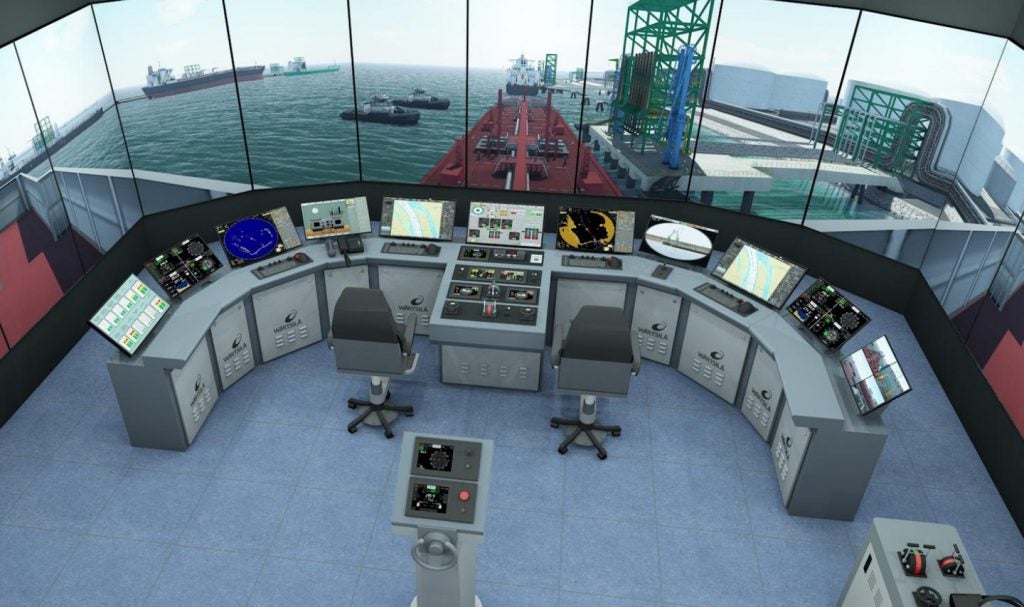
In early September, the world’s first commercial ferry equipped with high-power wireless charging capability sailed in Norwegian waters as part of a successful trial for Wärtsilä.
The project marks a breakthrough in the evolution of plug-in electric vessels, and an encouraging step for the industry, given the ever-tightening emissions regulations nipping at its heels.
The ferry in question was the 85m long MF Folgefonn, owned by Norled, one of Norway’s largest ferry operators. The fitted wireless charging system is based on inductive power transfer and is capable of transferring more than 1MW of electrical energy – some 300 times more than that of current chargers used by electric cars.
“Charging systems should be reliable, safe and efficient to use,” says Ingve Sørfonn, head of the technology department for Electrical & Automation Power Conversion at Wärtsilä. “That is the key point we focus on. When you depend on energy coming from the shore, you know it will always be there – so the availability and reliability issues are really crucial, especially for fast charging vessels.”
A first for the maritime industry
The growing popularity of shore-side power – which allows vessels to plug into an onshore power supply and shut down their auxiliary engines while berthed – is encouraging in that it limits emissions and makes for a better environment for passengers, crew, dockworkers and local residents alike.
With its test, Wärtsilä took the concept one step further, eliminating the cable connection between the vessel and shore, thereby securing and facilitating safe connections and disconnections.
How well do you really know your competitors?
Access the most comprehensive Company Profiles on the market, powered by GlobalData. Save hours of research. Gain competitive edge.

Thank you!
Your download email will arrive shortly
Not ready to buy yet? Download a free sample
We are confident about the unique quality of our Company Profiles. However, we want you to make the most beneficial decision for your business, so we offer a free sample that you can download by submitting the below form
By GlobalDataThe system is designed to maintain efficient power transfer at distances of 50cm between the two charging plates built into the side of the vessel and the quay. According to Wärtsilä, no other wireless charging system is as powerful, or capable of maintaining the transfer of energy at such a distance.
It also promises to reduce maintenance since wear and tear to physical connection lines is eliminated.
“The main advantage is safety, because you don’t have to hook up the vessel to the shore anymore and there is no physical connection between the ship and shore anymore,” Sørfonn says. “If something goes wrong, you don’t run the risk of ripping out the whole cable and plug system.”
Once docked, the vessel can benefit from 20% more utilisation of the available charging time.
“You can start the charging early and stop very late, so that means that we can utilise the time very well,” Sørfonn adds. “If you can do that with short docking vessels like ferries, you also harvest more energy when you are in the docking area. So there’s more simplicity and less maintenance and less risk of damages.”
Pushing the environmental agenda
Environmental challenges have been behind Wärtsilä’s work in developing battery and hybrid technology for marine vessels over the past few years.
The wireless charging concept was developed over the course of 2016 as part of an agreement between Wärtsilä and Cavotec to jointly develop the world’s first combined induction charging and automatic mooring concept.
Also at the beginning of last year, the company launched a complete concept for a series of zero or low-emissions shuttle ferries, developed in line with the Norwegian government’s new environmental regulations for ferries.
By proving that the wireless charging of ship batteries is possible, the electrification of coastal shipping will be further enhanced.
“We are planning to optimise the technology and see how it can also be used in other applications,” says Sørfonn. “At present, ferries are very good candidates for using this technology, so we are starting with that segment.”







